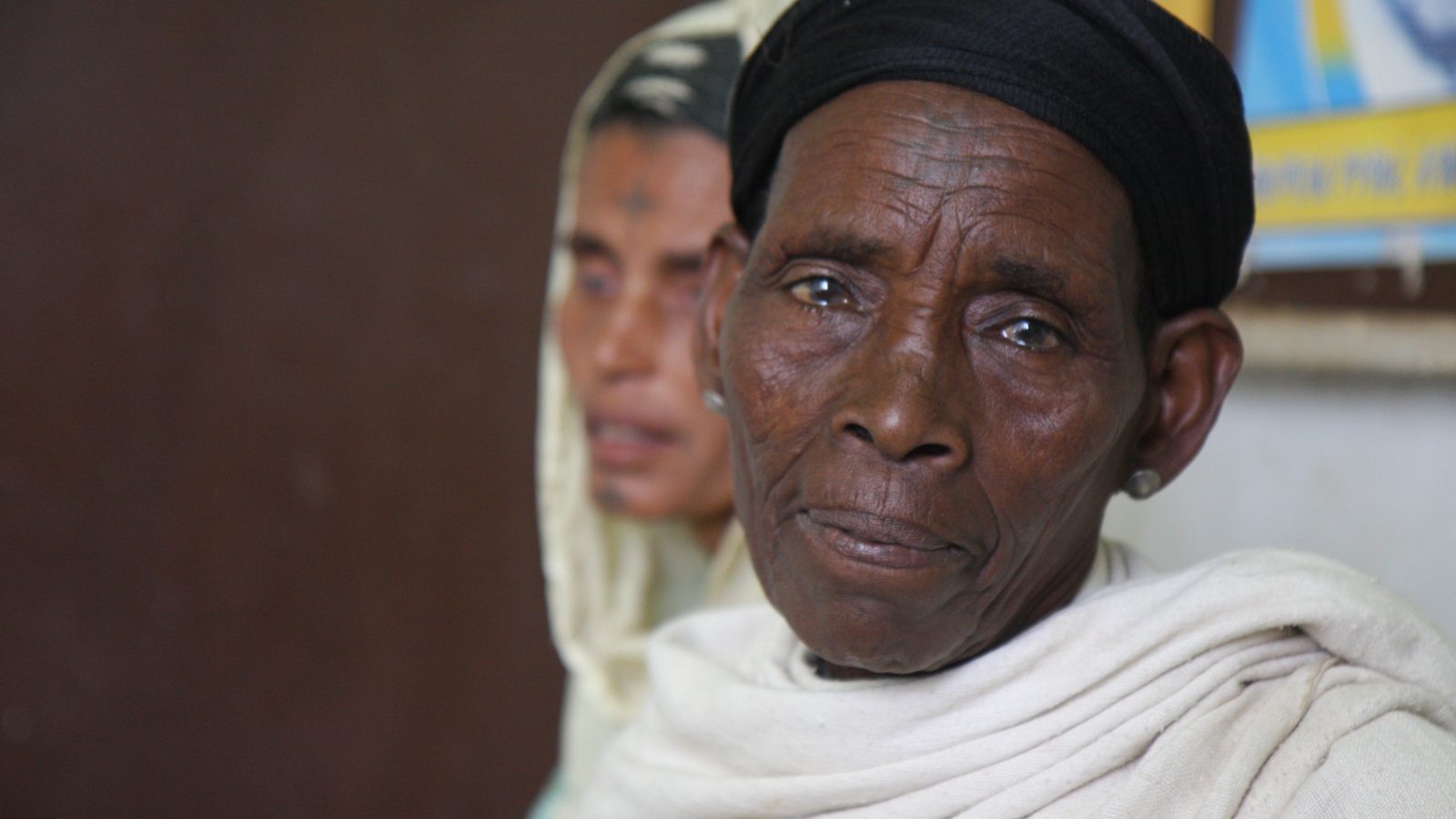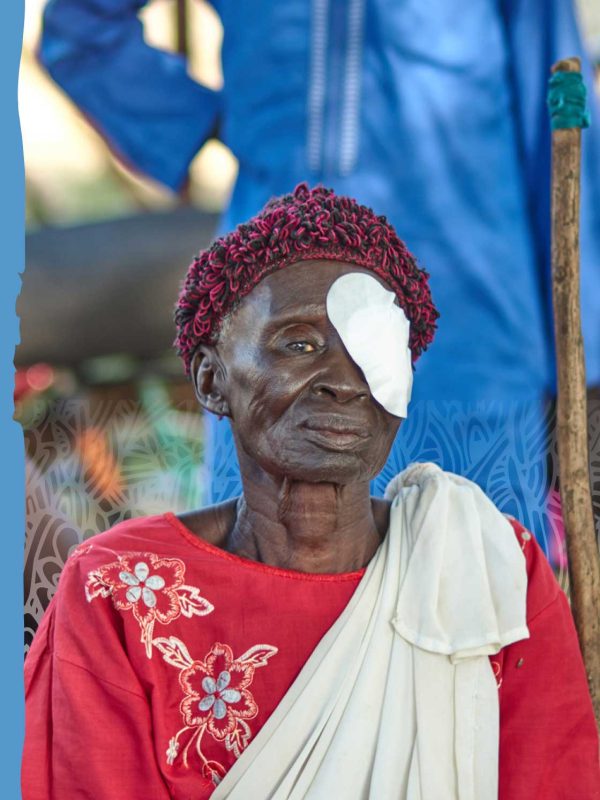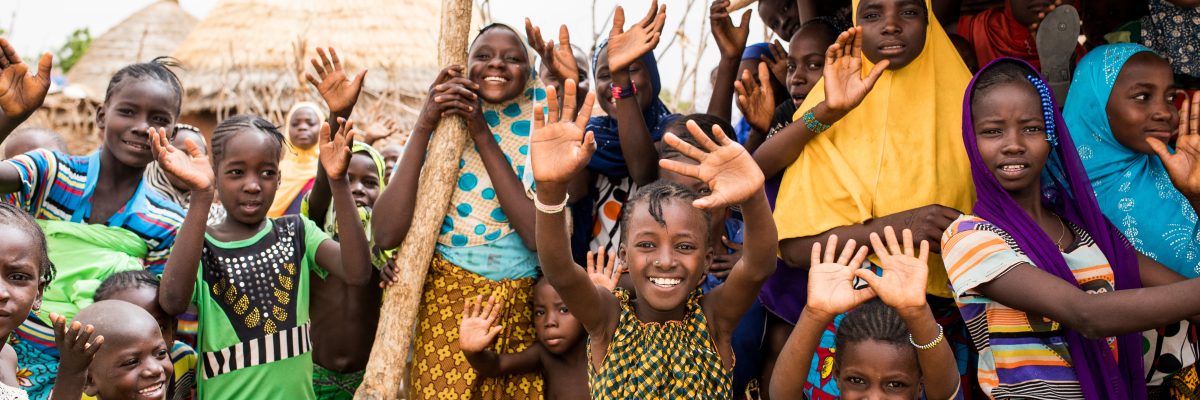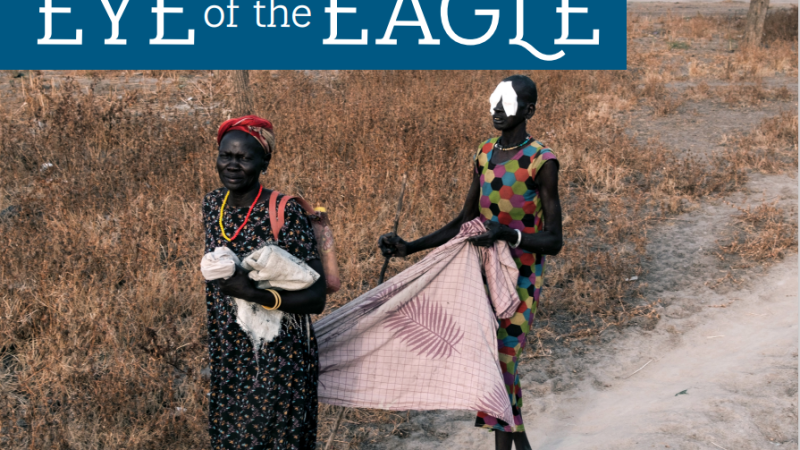
Our Trachoma Control Program works with ministries of health in four African countries to fight the world’s leading cause of infectious preventable blindness.
Overview
What is Trachoma?
Trachoma is a bacterial eye infection found in poor, isolated communities lacking basic hygiene, clean water, and adequate sanitation.
Trachoma is easily spread from person to person through hands, clothes, and eye-seeking flies. Repeated infection over time leads to scarring and inward turning of the eyelid, causing the eyelashes to scratch the cornea — a very painful condition called trachomatous trichiasis (TT) — which eventually causes blindness if left untreated.
Resources
REAL LIVES, REAL CHANGE
Reaching Surgery Camps Takes Grit
A 15-minute surgical procedure can save the sight of someone suffering from advanced trachoma. But reaching the Center-sponsored free eye surgery camps in South Sudan is far from simple. The country, the size of Texas, has only 250 miles of paved roads.
One man traveled 200 miles by foot with his son. Two brothers transported a parent in a wheelbarrow. A husband and his pregnant wife walked for hours to reach a surgery camp held in a small dirt-floor church.
Some women, though, were reluctant to seek treatment, unable to leave their children for the night of observation required after surgery. So, in 2023, we devised a creative solution. We put up tents, invited women to bring their children with them, and provided meals and lodging — offering free surgery, restored vision, and hope to thousands who might otherwise have gone blind.

How Widespread is the Disease?
Trachoma can be found in 39 countries, mostly in Africa and the Middle East, with a few cases in the Americas and Asia.
Globally, 103 million people are at risk for trachoma, and 1.5 million are at immediate risk for blindness from trachomatous trichiasis (TT).
The Carter Center works to control and prevent trachoma in four countries: Ethiopia, Niger, South Sudan, and Sudan. Ethiopia carries the highest known burden of active trachoma in the world, and we focus on its most affected region, Amhara, supporting both the country and the global fight against the disease.
Research & Publications
Explore insights from Carter Center experts on the fight against trachoma, with articles and publications highlighting strategies, research, and progress toward control.
Distributing antibiotics to treat children’s active trachoma infections brings added benefits to public health and may reduce child mortality because antibiotics can cure common childhood killers like diarrheal diseases.
Our Strategy
The Carter Center’s Trachoma Control Program was established in 1998. As a global leader in the fight against trachoma, the Center and partners implement the World Health Organization-endorsed SAFE strategy for trachoma control. SAFE is a multipronged approach to trachoma prevention that comprises Surgery, Antibiotics, Facial cleanliness, and Environmental improvement.

By the Numbers
We work hand in hand with national governments for maximum effectiveness, offering expertise and funding but relying on local people to carry out the work. In this way, the Center helps communities build their own success.
3,800
Number of villages across Ethiopia, Niger, South Sudan, and Sudan where we support ongoing health education efforts.
960K+
Number of TT surgeries we helped national programs provide, since 1999, in Ethiopia, Mali, Niger, Nigeria, Sudan, and South Sudan. In 2024, we supported more than 11,000 corrective eyelid surgeries.
3.6M
Number of household latrines built with our support, since 2002, to help reduce breeding sites for flies, a principal source of infection transmission.
234M
Number of doses of azithromycin (donated by Pfizer Inc.), an effective trachoma-fighting antibiotic, we’ve helped distribute since 1999.
Spotlight on Trachoma
Global Impact Starts with You
Your support sustains the Carter Center's mission of waging peace, fighting disease, and building hope around the world.




